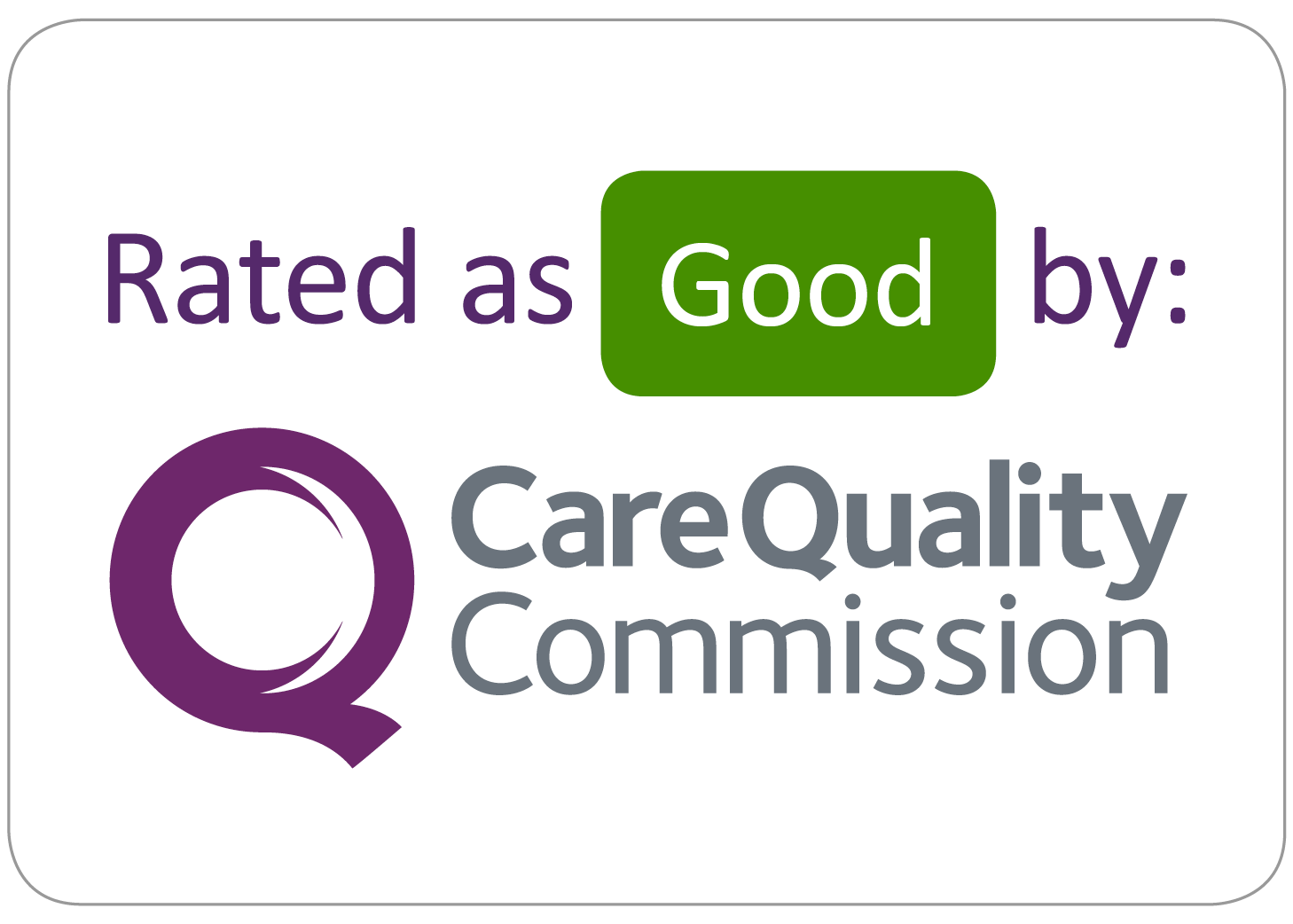End of Treatment Summary
Cancer survival is at its highest ever, with significant improvements made over the last 15 years. The number of people living with cancer in the UK has risen by 400,000 in the last five years - taking the total number of people living with cancer in the UK to 3 million rising to 4 million by 2030.
More than half of people receiving a cancer diagnosis will now live ten years or more. This progress has been driven by improvements in our knowledge of how to treat and control cancer, combined with the commitment of NHS staff to deliver transformative care. We need to make sure that we do not just help more people to live following a cancer diagnosis, but to live well.
Achieving World-class Cancer Outcomes, A Strategy for England 2015-2020, set out the importance of taking a whole person, whole pathway approach to the commissioning and provision of cancer services, and highlighted the need to improve quality of life for people living with and beyond cancer as a key component of that. More recently the Long-term Plan published January 2019, stated that every person with cancer will have access to Personalised Care and Support Planning.
Personalised Care and Support Planning is a set of essential interventions designed to deliver a person-centred approach to care for people affected by cancer. This includes:
- Personalised Care and Support Planning (based on Holistic Needs Assessment)
- Supported Self-Management within Personalised Stratified Follow up pathway
- End of Treatment Summary (EOTS)
- Quality of Life (QoL) questionnaire
- Health and wellbeing information and support
- Primary/VCSEO Cancer Care Review (CCR)
What is an End Of Treatment Summary?
An end of treatment summary is a document developed at the end of treatment which is primarily for the patient but is also shared with their GP and placed in their case notes, which is useful for medical staff if the patient is admitted in an emergency after primary treatment is complete.
The end of treatment summary provides important information including possible treatment toxicities, information about side effects and / or consequences of treatment, signs and symptoms of recurrence and any actions the GP needs to undertake.
The pupose of an end of treatment summary is to help the patient improve their understanding of their condition and to provide a summary to share with other professionals and those of their choice.
The aim of an end of treatment summary is to enable greater self management of care and provide the patient with the tools to know who to contact, when and for what.
Background
Developed to support improved communication between secondary care cancer services, primary care, VCSEO and the person living with cancer (PLWC), the end of treatment summary is a key reference document produced by secondary cancer care professionals at the end of primary treatment (the end of first treatment or treatments given) and sent to the patient’s GP practice and the PLWC to inform primary care and community professionals of any actions they need to take and who to contact with any questions or concerns. The end of treatment summary should be developed following a conversation at the end of treatment with the PLWC and may be completed by a number of health professionals though most likely the CNS or member of medical team who has treated the person.
The PLWC also receives a copy to improve their understanding of and ability to manage their condition and to provide a summary to share with other professionals.
End of Treatment Summaries may also be used at other points in the journey, for example following treatment for recurrence or referral from secondary care to palliative care.
It is used to inform the Primary/VCSEO care Cancer Care Review. The end of treatment summary needs to be succinct and use bullet points and bold headings where possible. Healthcare professionals across VCSEO, primary and secondary care need to have easy access to the information contained in the treatment summary if the patient is admitted in an emergency or visit their GP or access community services after primary treatment is complete.
Key information to be included in the Treatment Summary
- Diagnosis
- Date of diagnosis
- Staging of disease
- Summary of treatment and relevant dates
- Treatment aim
- Possible treatment toxicities and / or late effects
- Alert symptoms requiring referral back to specialist team
- Contact for re referrals or queries (in hours / out of hours)
- Secondary care ongoing management plan
- Required GP actions in addition to Cancer Care Review
- Other service referrals made
- Summary of information given to the patient about their cancer and future progress
- Additional information including issues relating to lifestyle and support needs
- Advise entry onto primary care palliative or supportive care register
- Overview of any advance care planning discussions
- SR1 (Special Rules) application completed
- Prescription charge exemption arranged

















